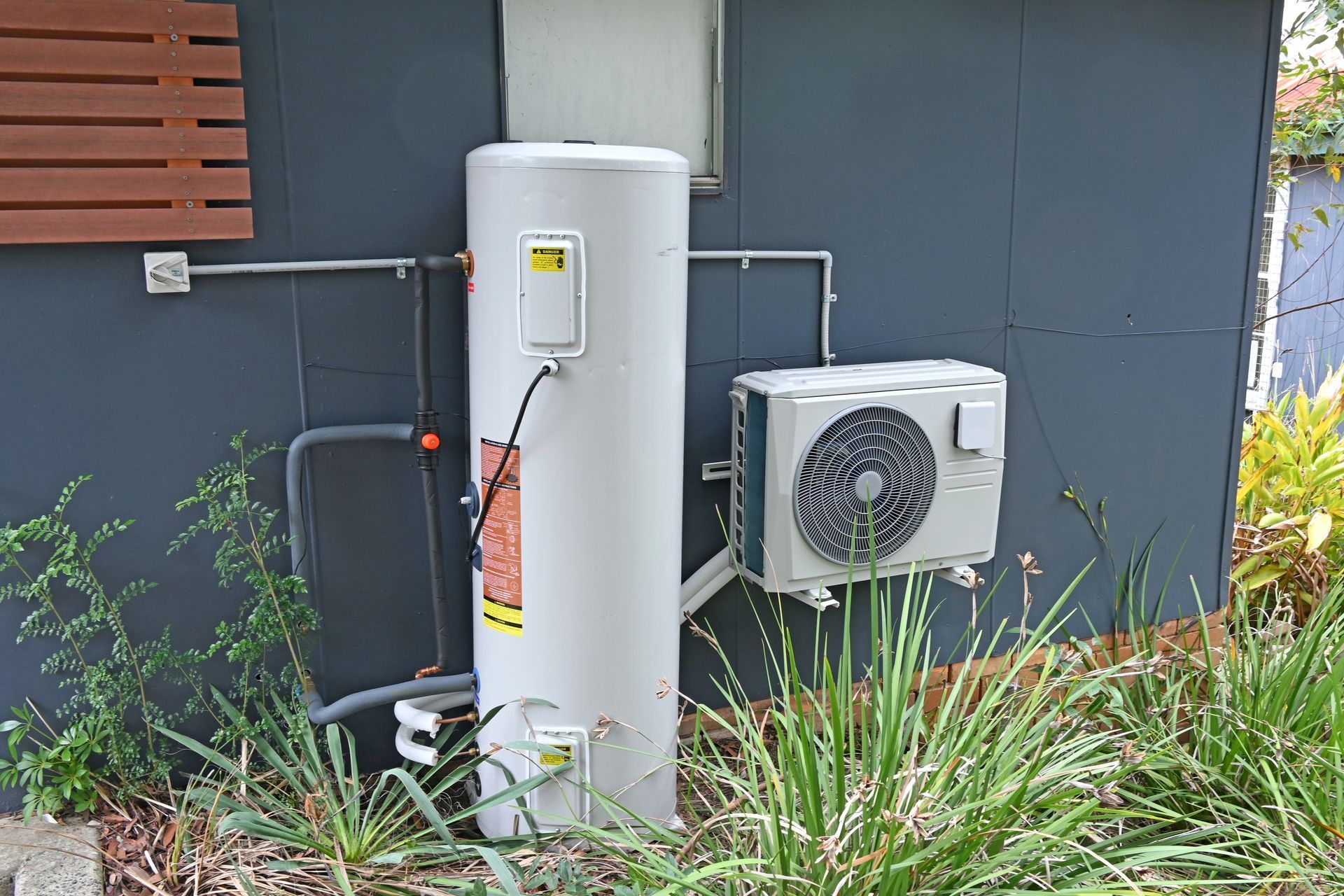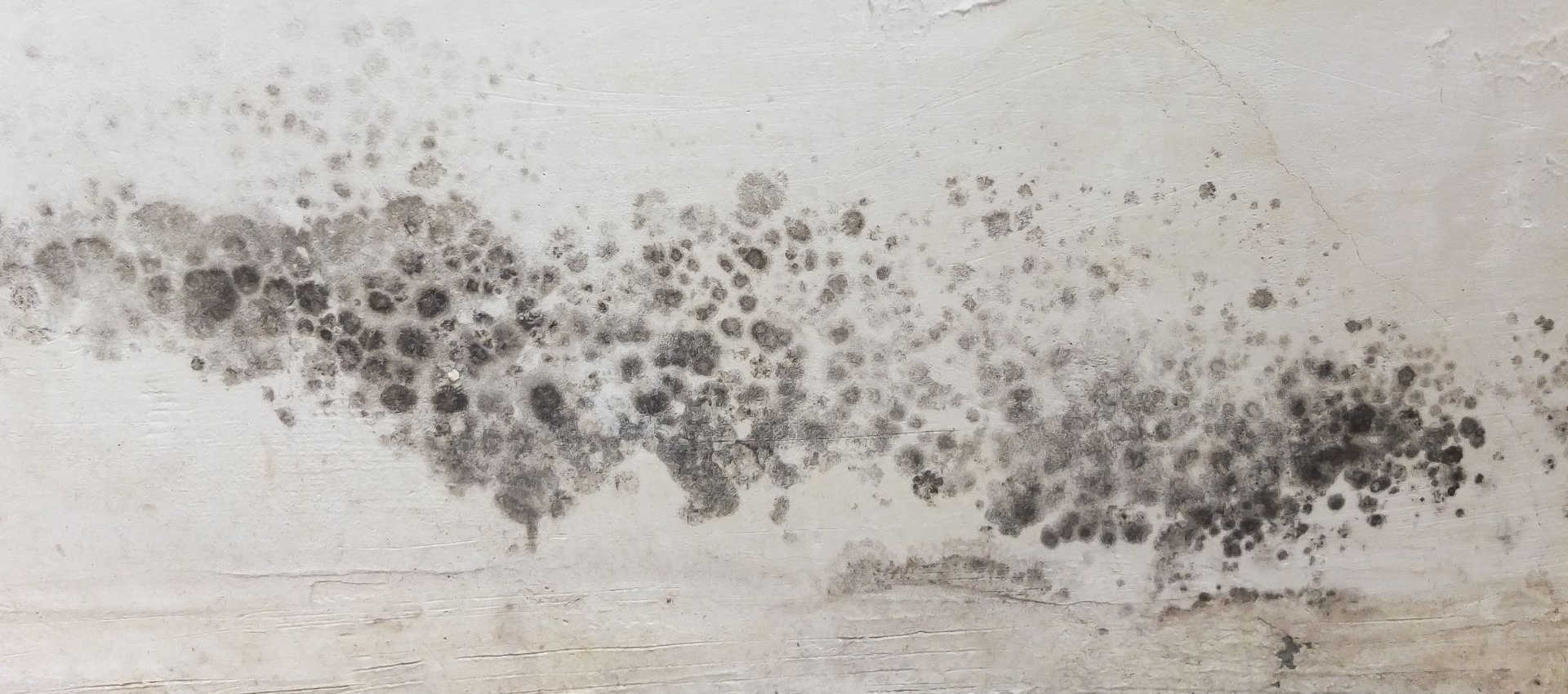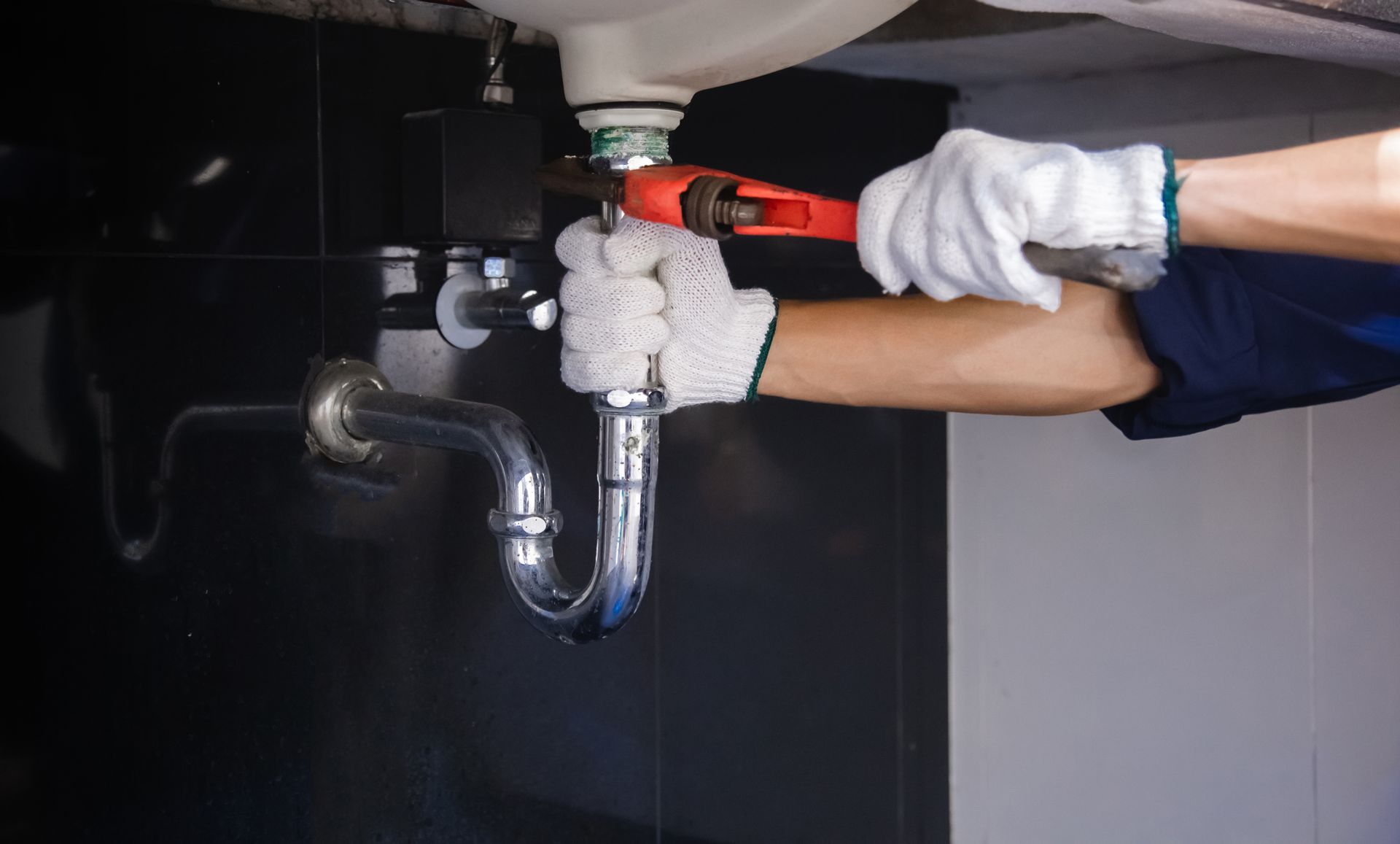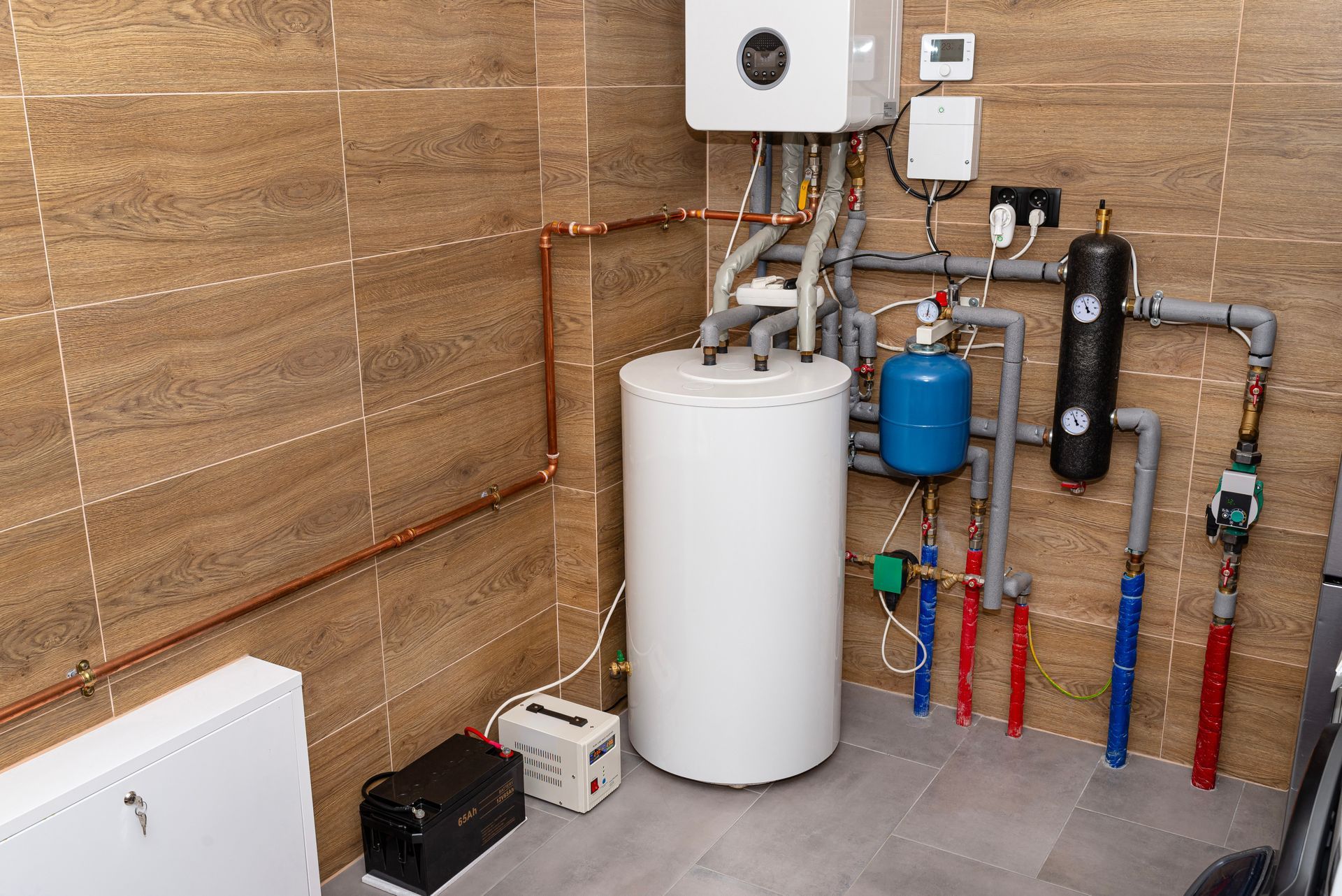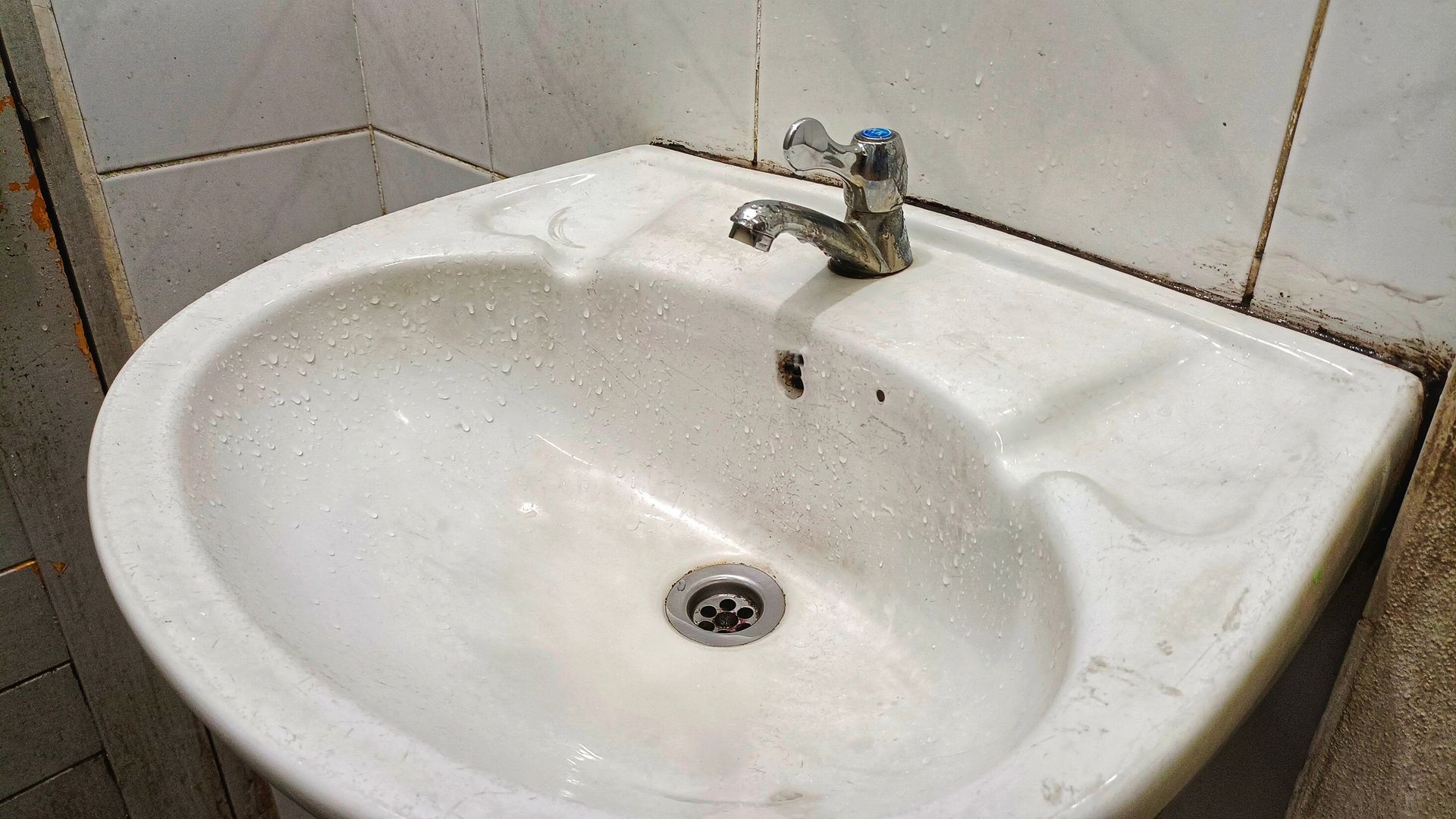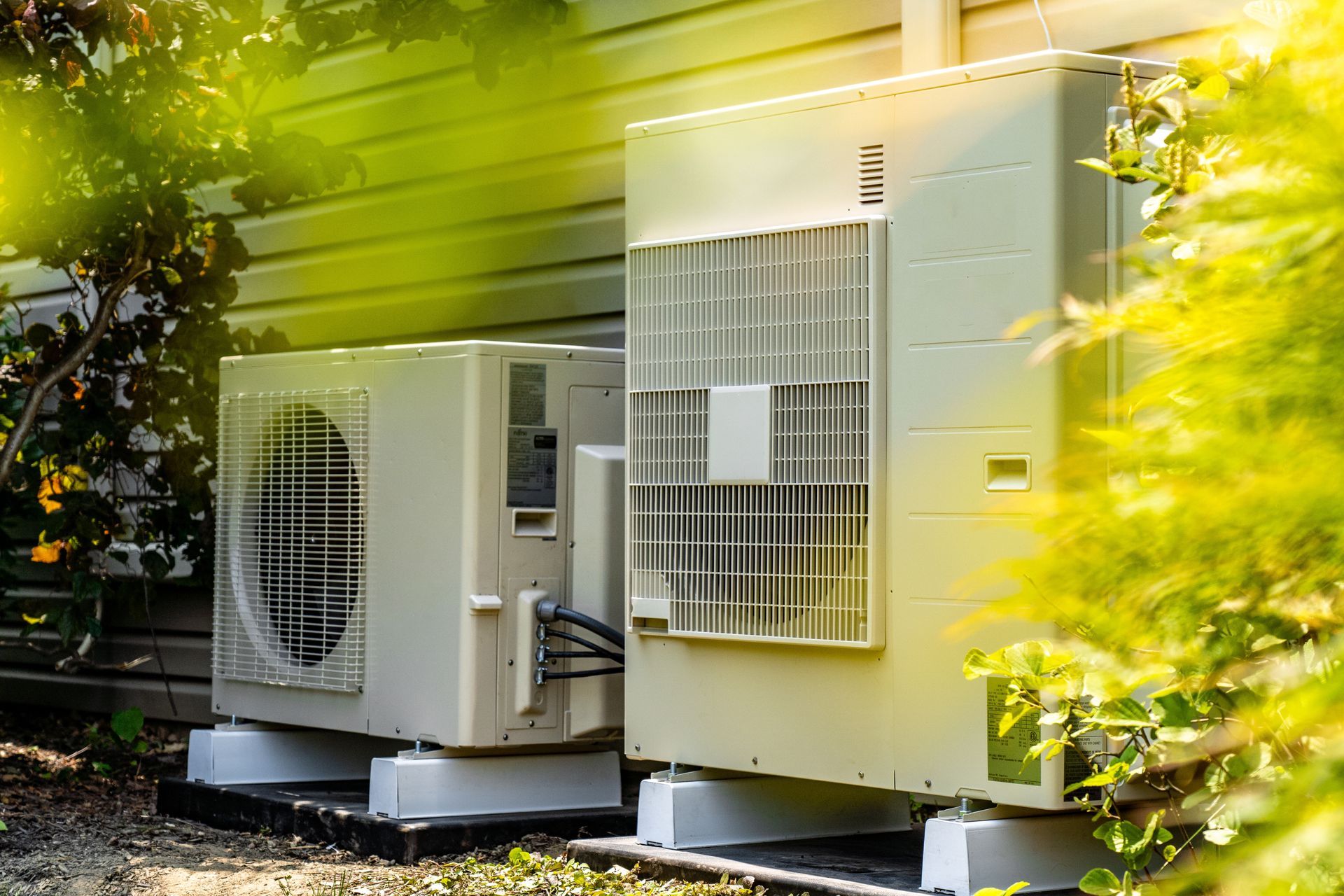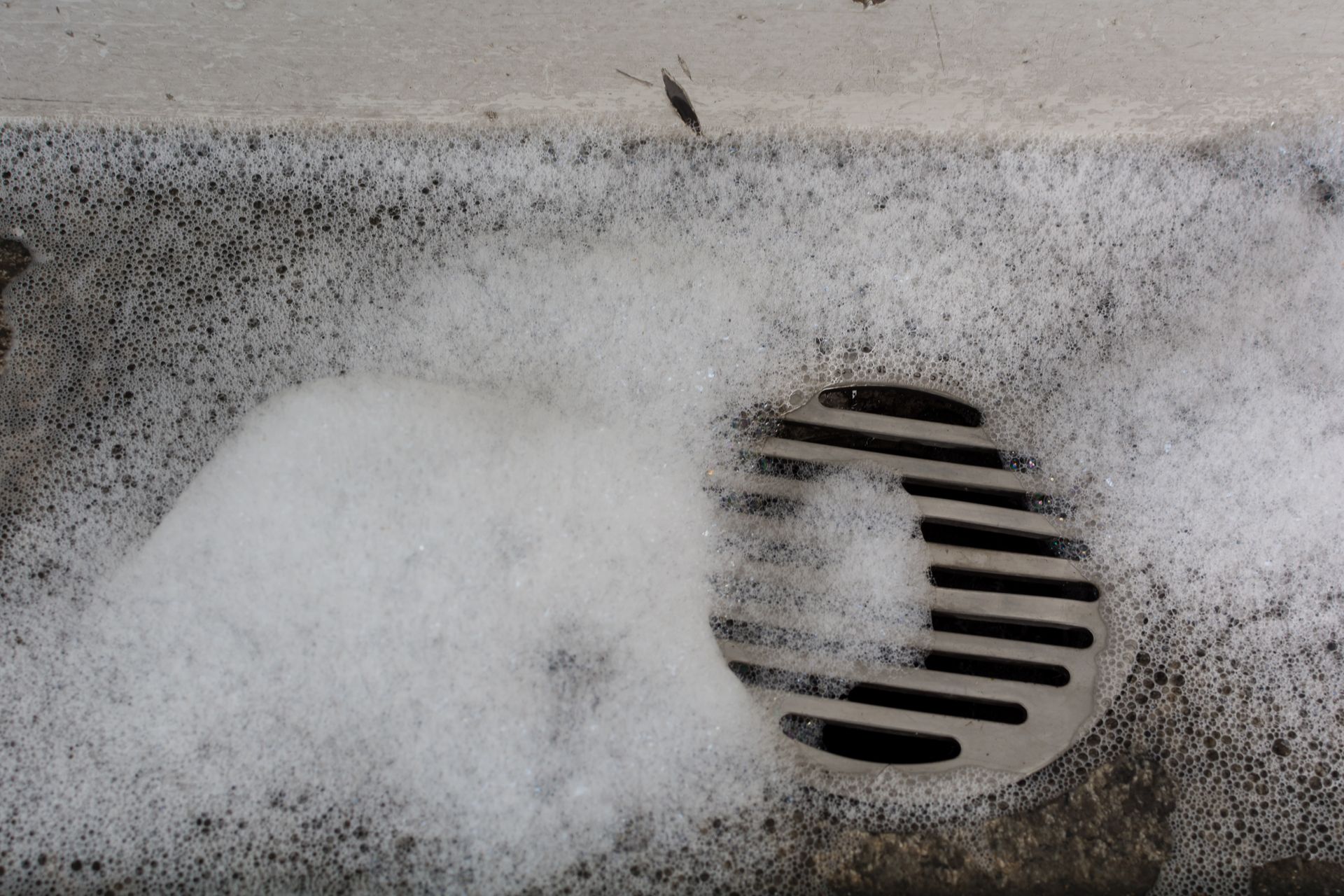Is It Time for a New Furnace? How to Know When to Replace Your Heating System

Your furnace is one of the most important appliances in your home during winter. While it's mostly warm in Georgia, furnaces are a lifesaver during the damp and frigid winter months. But (like any major home system) your furnace won’t last forever. At some point, repairs will no longer be enough, and you’ll need to consider replacing it with a newer, more efficient model.
But how do you know when it's time to stop repairing and start replacing? As your local HVAC pros, we’re here to help you identify the key signs that indicate it’s time for a new furnace, the benefits of upgrading, and what to expect from a new installation. If you have questions, we have answers! Give Buzzell Plumbing, Heating and Air Conditioning a call at 478-209-2591.
How Long Does a Furnace Last?
The average lifespan of a furnace depends on several factors, including maintenance, usage and fuel type, but generally you can expect 15-30 years from a well-maintained furnace. Beyond that, your furnace’s lifespan depends on the type of furnace you have.
Gas Furnace – 15-20 years
Electric Furnace – 20-30 years
Oil Furnace – 15-25 years
Regular maintenance and timely repairs can help extend the life of your system, but eventually, all furnaces wear out. If yours is approaching the 15-year mark or older, it’s time to start paying attention to warning signs that indicate it may be failing.
Signs It's Time to Replace Your Furnace
1. Your Furnace Is More Than 15 Years Old
Furnaces don’t last forever. Even if your current system is still heating your home, older furnaces lose efficiency over time and become prone to breakdowns. If your furnace is 15 years or older, start planning for a replacement—especially if you’ve already had multiple repairs in recent years.
2. Your Energy Bills Keep Rising
Have you noticed that your heating bills are getting higher each winter, even though your usage hasn't changed? As furnaces age, they become less efficient, causing them to work harder and use more energy to keep your home warm. A new furnace can be up to 30% more efficient than an older model, helping you save money on monthly energy bills.
3. Your Furnace Needs Frequent Repairs
If you’ve had to repair your furnace more than once in the past couple of years, it may be time for a replacement. Constant breakdowns not only cost money but also leave you without heat when you need it most.
Rule of Thumb: If the cost of repairs adds up to 50% or more of the price of a new furnace, replacement is the better financial choice.
4. Your Home Has Uneven Heating
Do some rooms in your home feel too cold while others are too warm? A properly working furnace should distribute heat evenly throughout your home. Uneven heating is often a sign of:
- An aging furnace struggling to keep up
- Problems with ductwork
- A furnace that is too small or too large for your home
5. Your Furnace Is Making Strange Noises
A well-functioning furnace should run quietly. If you start hearing banging, rattling, squealing or popping sounds, this could indicate serious mechanical problems.
Common furnace noises and what they mean:
- Banging or booming – Could be a delayed ignition issue, which can damage your heat exchanger.
- Squealing – Likely caused by a worn-out belt or motor issue.
- Rattling – Could mean loose parts or a cracked heat exchanger, which is dangerous.
6. You Notice Excessive Dust or Poor Air Quality
Older furnaces struggle to properly filter air, leading to increased dust, allergens and poor indoor air quality. If you’ve noticed more dust in your home, worsening allergies, or dry air, your furnace may no longer be circulating air effectively. Modern furnaces have better filtration systems that improve indoor air quality and reduce allergens.
7. Your Furnace Short Cycles or Runs Constantly
A furnace that frequently turns on and off (short cycling) or runs nonstop is struggling to maintain the desired temperature. This could be due to:
- Overheating issues
- A malfunctioning thermostat
- A failing heat exchanger
Benefits of Upgrading to a New Furnace
If your furnace is showing multiple warning signs, replacing it with a new, energy-efficient model has many benefits:
Lower Energy Bills – New furnaces are more efficient, helping you save money on heating costs.
Better Home Comfort – No more uneven heating or struggling to stay warm.
Improved Air Quality – Modern furnaces have
better air filtration to reduce dust and allergens.
Fewer Repairs – No more worrying about costly breakdowns every winter.
Smart Thermostat Compatibility – Many new furnaces are
compatible with smart thermostats, giving you more control over your heating system.
Choosing the Right Furnace for Your Home
When replacing your furnace, it’s important to choose a system that’s the right size and efficiency for your home.
Our team at Buzzell Plumbing, Heating and Air Conditioning can help you determine:
The correct furnace size – An oversized or undersized furnace can cause efficiency issues.
Fuel type – Gas, electric, or oil—depending on your home’s setup.
Energy efficiency rating – Look for a furnace with a
high AFUE (Annual Fuel Utilization Efficiency) rating to maximize energy savings.
If you’re unsure which furnace is best for your home, our team of HVAC experts in Warner Robins, GA, can help! Give us a call at (478) 209-2591 today.
Contact Your Local Furnace Experts Today
A failing furnace can lead to high energy bills, poor home comfort, and unexpected breakdowns. If your furnace is 15+ years old, making strange noises, or requiring frequent repairs, it may be time for a replacement.
Upgrading to a new furnace improves efficiency, lowers heating costs, and enhances your overall home comfort. If you’re ready to explore your options, contact our HVAC professionals today at 478-209-2591 for a consultation and free estimate on a new energy-efficient furnace!
